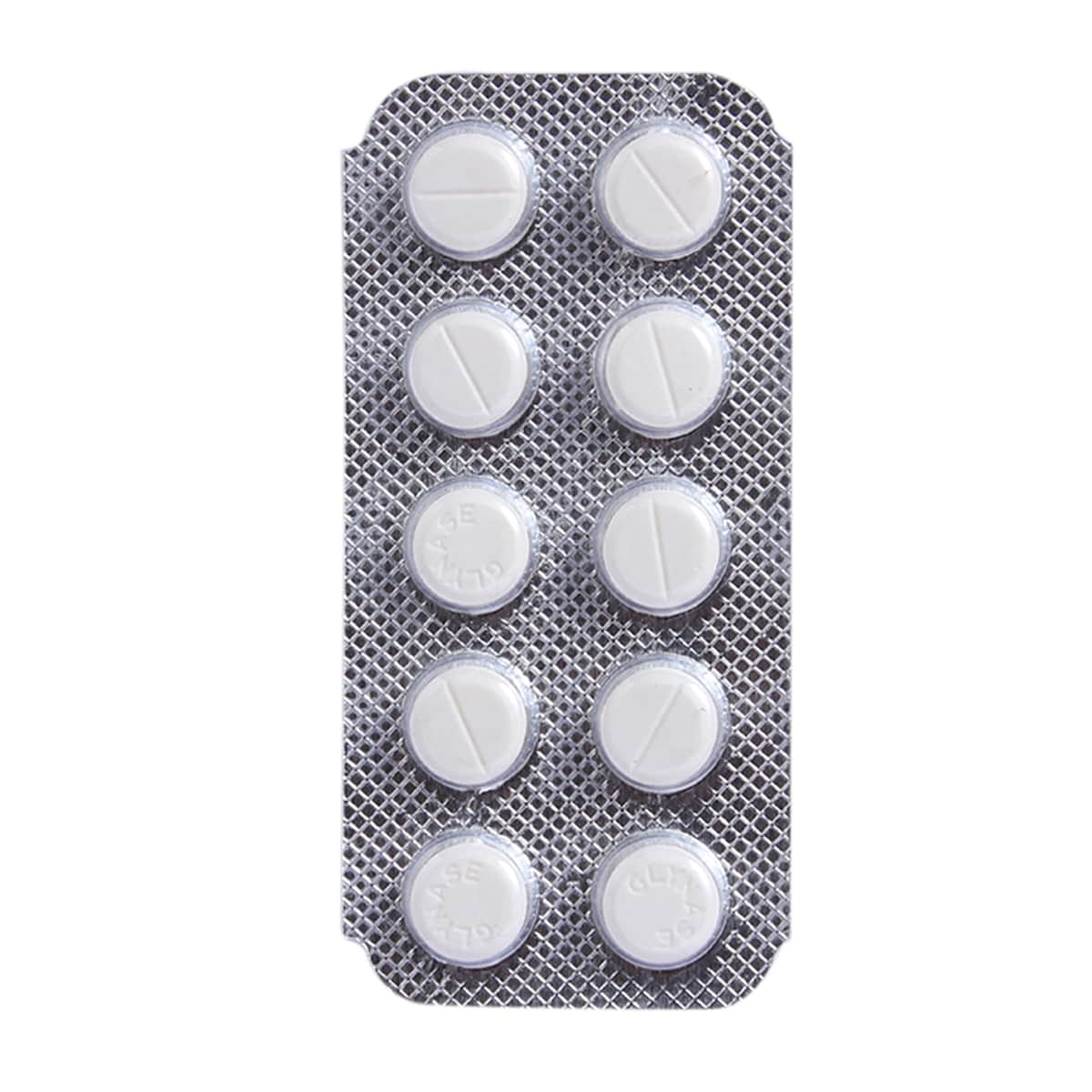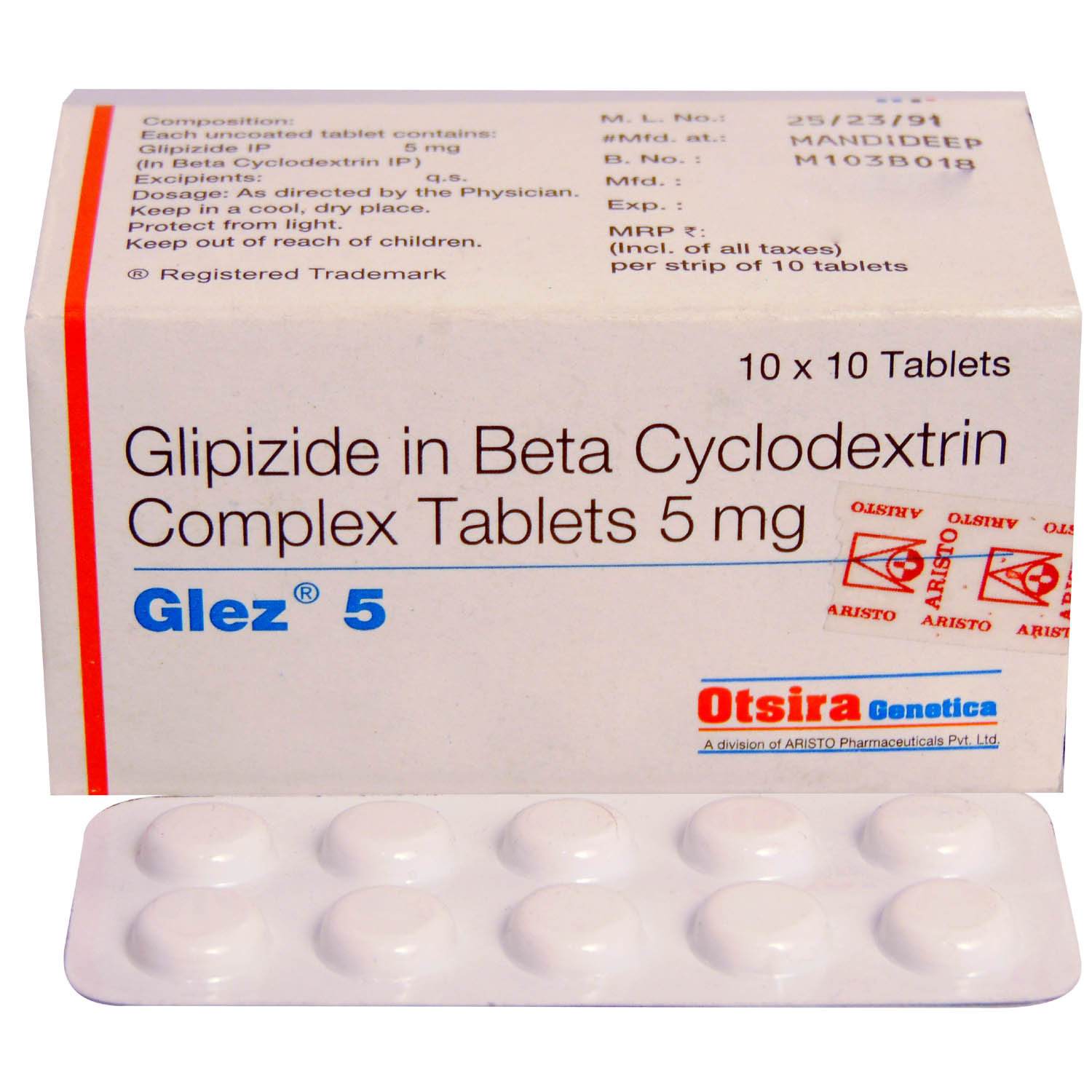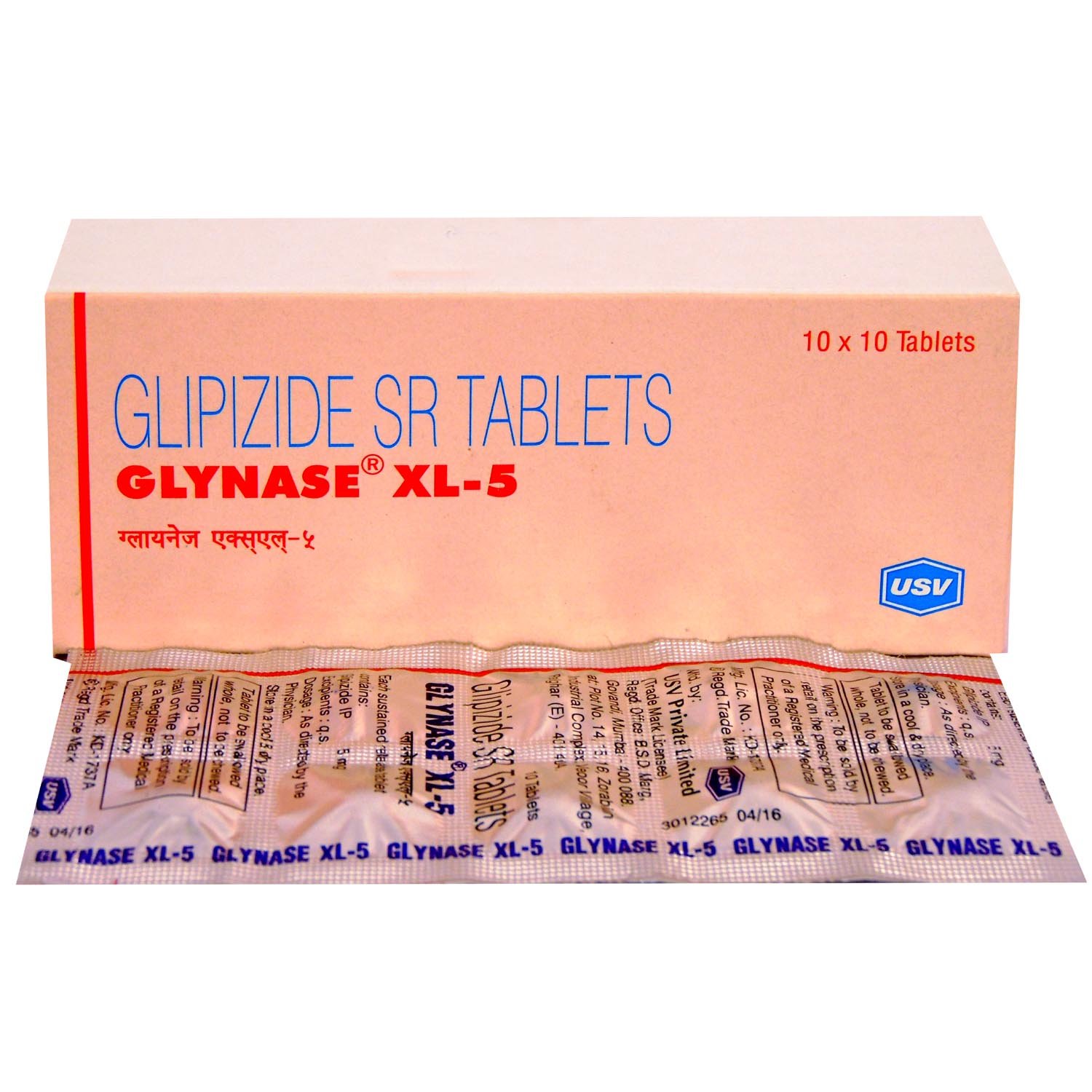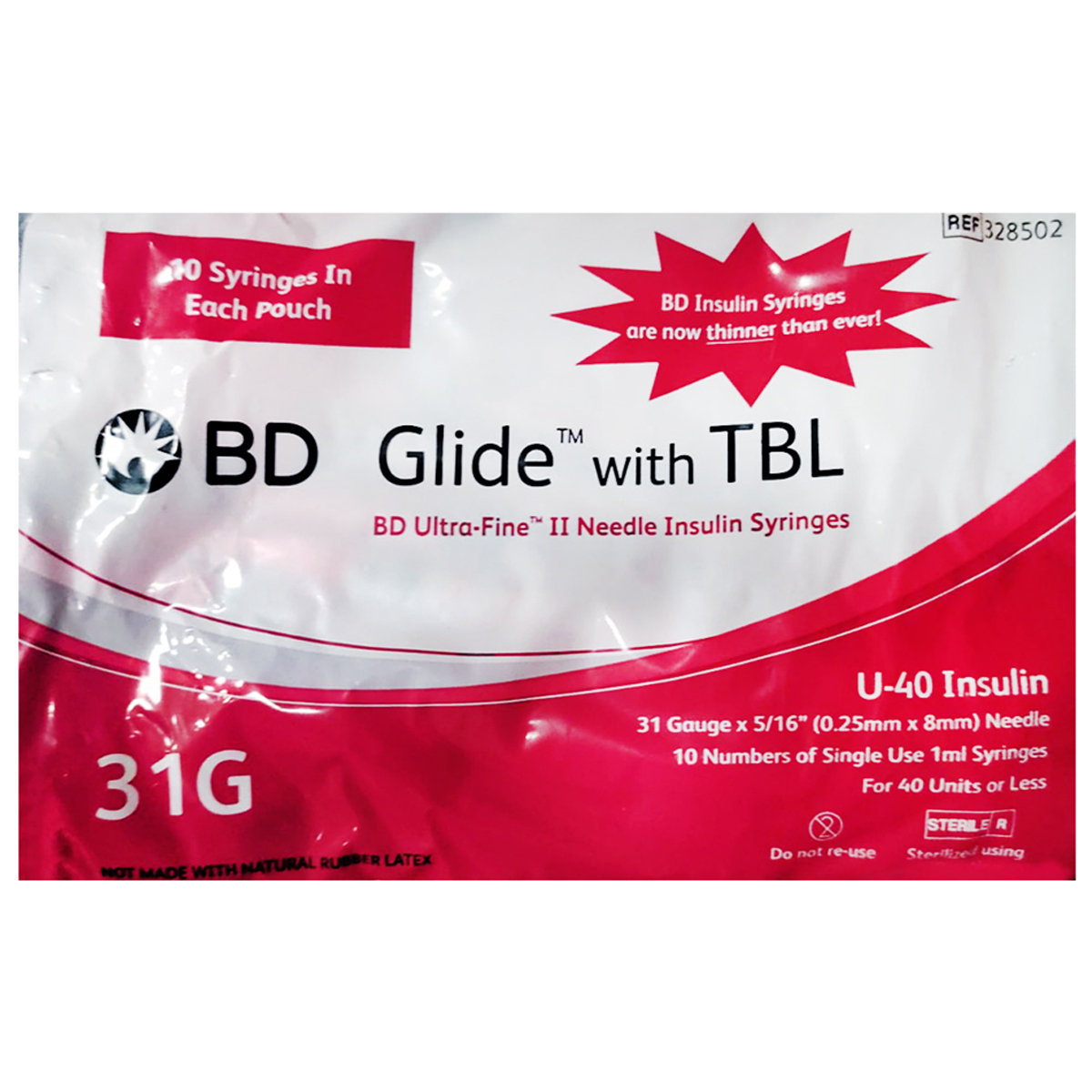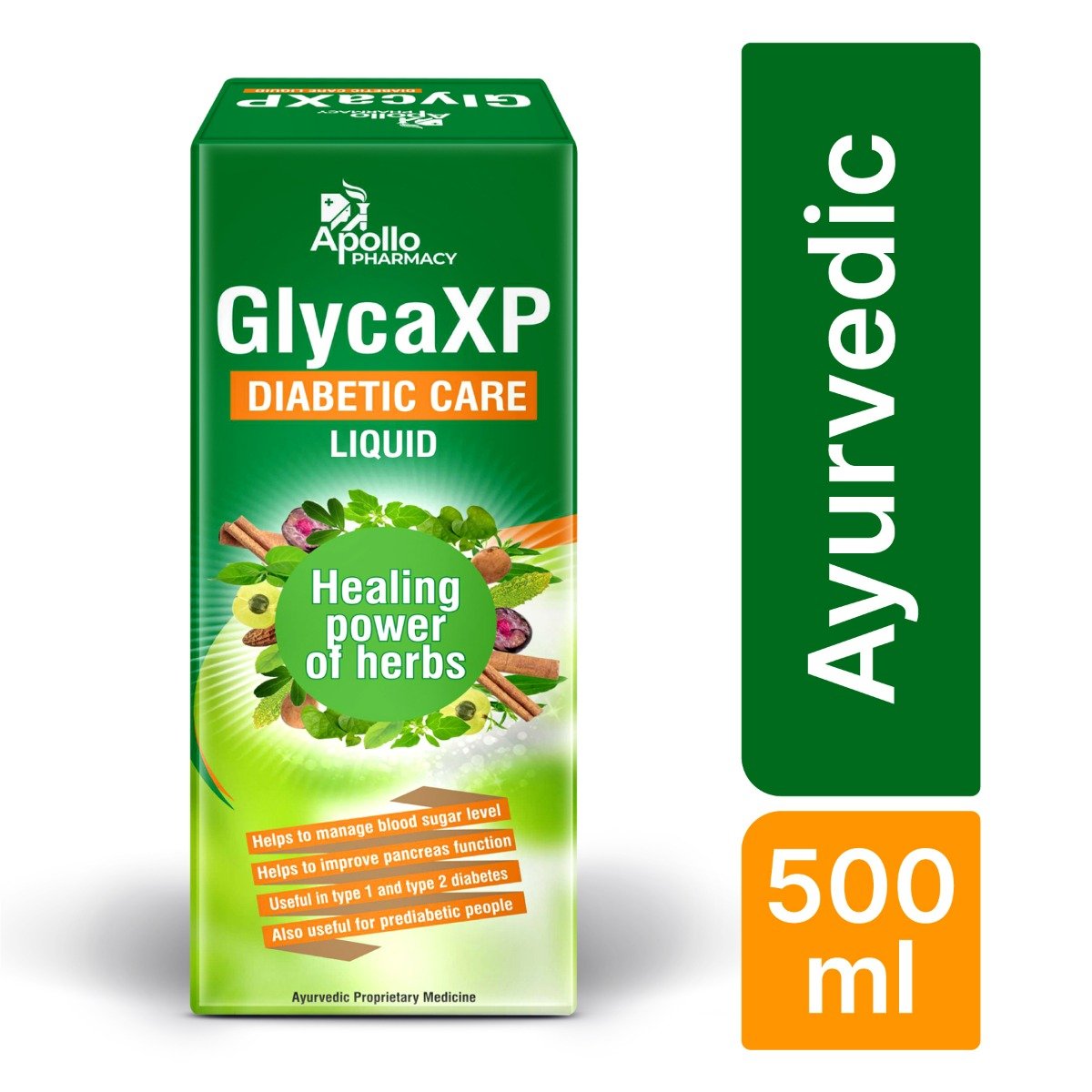Glide Tablet
MRP ₹8.5
(Inclusive of all Taxes)
₹1.3 Cashback (15%)
know your delivery time
Provide Delivery Location
Composition :
Manufacturer/Marketer :
Consume Type :
Return Policy :
Expires on or after :

Secure Payment

Trusted by 8 Crore Indians

Genuine Products
Therapeutic Class
Country of origin
Manufacturer/Marketer address
Author Details
We provide you with authentic, trustworthy and relevant information
FAQs
Disclaimer
Alcohol
Unsafe
You are recommended to avoid alcohol consumption while taking Glide Tablet to prevent unpleasant side-effects.
Pregnancy
Unsafe
Do not take Glide Tablet if you are pregnant. Your doctor may switch you to insulin injections during yourpregnancy. It is not recommended to take Glide Tablet during the last month of pregnancy.
Breast Feeding
Caution
Consult your doctor if you are breastfeeding. Your doctor will decide if Glide Tablet can be taken by breastfeeding mothers or not.
Driving
Caution
Glide Tablet may cause dizziness and drowsiness, drive, and operate machinery only if you are alert.
Liver
Caution
Dose adjustment may be needed. Glide Tablet should be used with caution in patients with liver impairment/liver disease. Please consult your doctor if you have a liver impairment or any concerns regarding this.
Kidney
Caution
Dose adjustment may be needed. Glide Tablet should be used with caution in patients with kidney impairment/kidney disease.Please consult your doctor if you have kidney impairment or any concerns regarding this.
Children
Unsafe
Glide Tablet is not recommended for children as safety and efficacy have not been established.
Product Substitutes
Reference
- https://www.medicines.org.uk/emc/files/pil.8543.pdf
- https://www.accessdata.fda.gov/drugsatfda_docs/label/2008/017783s019lbl.pdf
- https://dailymed.nlm.nih.gov/dailymed/lookup.cfm?setid=a430577c-f233-40a7-bfd8-3d2bc6f98aa2
- https://www.drugs.com/glipizide.html
- https://www.healthline.com/health/type-2-diabetes#diet
About Glide Tablet
Glide Tablet belongs to the group of antidiabetic medicines called 'sulfonylureas' used to treat type-2 diabetes mellitus when diet and exercise alone cannot control their blood sugar levels. Type-2 diabetes mellitus is also known as non-insulin-dependent diabetes. Diabetes is a condition in which blood glucose levels are above normal.
Glide Tablet contains 'Glipizide' which works by increasing insulin production by stimulating insulin secretion from the beta cells of the pancreas, thereby reducing high blood glucose (sugar) levels.
You are advised to take Glide Tablet for as long as your doctor has prescribed it for you, depending on your medical condition. In some cases, you may experience certain common side effects such as hypoglycemia (low blood glucose levels), nausea, diarrhoea, and stomach pain. Most of these side effects do not require medical attention and will resolve gradually over time. However, you are recommended to consult your doctor if you experience these side effects persistently.
Glide Tablet is not effective in people with type 1 diabetes or for treating serious hyperglycemia (high blood glucose levels). Consult your doctor before taking Glide Tablet if you are pregnant or breastfeeding. Glide Tablet is not recommended for children. Avoid alcohol consumption while taking Glide Tablet as it might increase side effects. Glide Tablet may cause dizziness and drowsiness, so drive only if you are alert. Inform your doctor about all the medications you are taking and your health condition to rule out any unpleasant side effects.
Uses of Glide Tablet
Medicinal Benefits Mweb
Medicinal Benefits
Glide Tablet belongs to the group of antidiabetic medicines called 'sulfonylureas' used to treat type-2 diabetes mellitus. Glide Tablet is prescribed for the condition of type 2 diabetes when diet and exercise alone cannot control their blood sugar levels. Glide Tablet works by increasing insulin production by stimulating insulin secretion from the beta cells of the pancreas, thereby reducing high blood glucose (sugar) levels.
Directions for Use
Side Effects of Glide Tablet
- Hypoglycemia (low blood glucose levels)
- Nausea
- Diarrhoea
- Stomach pain
Drug Warnings
Glide Tablet is not effective in people with type 1 diabetes or for treating serious hyperglycemia (high blood glucose levels). Do not take Glide Tablet if you are allergic to any of its contents. Take Glide Tablet with caution if you have kidney and liver problems. Consult your doctor if you are pregnant or breastfeeding. Avoid alcohol consumption while taking Glide Tablet as it might increase side effects.
Drug-Drug Interactions
Drug-Drug Interactions
Login/Sign Up
Co-administration of Glide Tablet with Gatifloxacin may affect blood glucose levels. Both low blood glucose and, less frequently, high blood glucose have been reported.
How to manage the interaction:
Although there is a possible interaction, Glide Tablet can be taken with Gatifloxacin if prescribed by the doctor. Consult the prescriber if you experience symptoms such as nervousness, confusion, headache, dizziness, drowsiness, tremors, nausea, hunger, weakness, perspiration, palpitation, rapid heartbeat, increased urination, increased thirst, and increased hunger. Maintaining blood glucose levels is advised. Do not discontinue the medications without consulting a doctor.
Co-administration of Norfloxacin with Glide Tablet may occasionally affect blood glucose levels. Both Hyperglycemia (high blood sugar levels) and Hypoglycemia (low blood glucose) have been reported.
How to manage the interaction:
Although there is a possible interaction Glide Tablet can be taken with Norfloxacin if prescribed by the doctor. Consult the prescriber if you experience symptoms of low blood sugar such as dizziness, drowsiness, headache, nervousness, confusion, tremors, nausea, hunger, weakness, perspiration, palpitation, and rapid heartbeat or symptoms of high blood sugar like increased urination, increased thirst, or increased hunger. Maintaining blood glucose levels is advised. Do not discontinue any medications without consulting a doctor.
Co-administration of Miconazole may increase the blood levels and effects of Glide Tablet leading to hypoglycemia (low blood glucose levels).
How to manage the interaction:
Although there is a possible interaction, Glide Tablet can be taken with miconazole if prescribed by the doctor. Consult the prescriber if you experience symptoms of low blood sugar such as dizziness, drowsiness, nervousness, headache, confusion, tremor, nausea, palpitation, hunger, weakness, perspiration, and rapid heartbeat. Monitoring of blood glucose levels is advised. Do not discontinue the medications without consulting a doctor.
Taking Levofloxacin with Glide Tablet may affect blood glucose levels. Both high blood sugar levels or and, less frequently, low blood glucose have been reported.
How to manage the interaction:
Although there is a possible interaction Glide Tablet can be taken with Levofloxacin if prescribed by the doctor. Consult the prescriber if you experience dizziness, drowsiness, headache, nervousness, confusion, tremors, nausea, hunger, weakness, perspiration, palpitation, and rapid heartbeat, increased urination, increased thirst, or increased hunger. Monitoring of blood glucose levels is advised. Do not discontinue the medications without consulting a doctor.
Taking Grepafloxacin with Glide Tablet may affect blood glucose levels. Both high blood sugar levels or and, less frequently, low blood glucose have been reported.
How to manage the interaction:
Although there is a possible interaction Glide Tablet can be taken with Grepafloxacin if prescribed by the doctor. Consult the prescriber if you experience symptoms of low blood sugar such as dizziness, drowsiness, headache, nervousness, confusion, tremors, nausea, hunger, weakness, perspiration, palpitation, and rapid heartbeat or symptoms of high blood sugar like increased urination, increased thirst, or increased hunger. Monitoring of blood glucose levels is advised. Do not discontinue the medications without consulting a doctor.
Taking Cinoxacin with Glide Tablet may affect blood glucose levels. Both high blood sugar levels or and, less frequently, low blood glucose have been reported.
How to manage the interaction:
Although there is a possible interaction Glide Tablet can be taken with Cinoxacin if prescribed by the doctor. Consult the prescriber if you experience symptoms of low blood sugar such as dizziness, drowsiness, headache, nervousness, confusion, tremors, nausea, hunger, weakness, perspiration, palpitation, and rapid heartbeat or symptoms of high blood sugar like increased urination, increased thirst, or increased hunger. Monitoring of blood glucose levels is advised. Do not discontinue the medications without consulting a doctor.
Co-administration of Ofloxacin and Glide Tablet can sometimes have an effect on blood glucose levels.
How to manage the interaction:
Although combining Ofloxacin and Glide Tablet can lead to an interaction, they can be taken on a doctor's advice. If you experience any symptoms of hypoglycemia (headache, dizziness, sleepiness, nervousness, confusion, shaking, nausea, hunger, weakness, sweat, palpitation, and rapid heartbeat) or hyperglycemia (increased thirst, hunger, and urination), consult a doctor. Keep an eye on your blood glucose levels. Do not discontinue any medications without consulting a doctor.
Taking Enoxacin with Glide Tablet may affect blood glucose levels. Both high blood sugar levels or and, less frequently, low blood glucose have been reported.
How to manage the interaction:
Although there is a possible interaction Glide Tablet can be taken with Enoxacin if prescribed by the doctor. Consult the prescriber if you experience symptoms of low blood sugar such as dizziness, drowsiness, headache, nervousness, confusion, tremors, nausea, hunger, weakness, perspiration, palpitation, and rapid heartbeat or symptoms of high blood sugar like increased urination, increased thirst, or increased hunger. Monitoring of blood glucose levels is advised. Do not discontinue the medications without consulting a doctor.
Taking Ciprofloxacin with Glide Tablet may affect both high blood sugar levels or/and, less frequently, low blood glucose.
How to manage the interaction:
Although there is a possible interaction Glide Tablet can be taken with Ciprofloxacin if prescribed by the doctor. However, consult the doctor if you experience symptoms such as headache, dizziness, drowsiness, nervousness, confusion, tremor, nausea, hunger, weakness, excessive sweating, and rapid heartbeat, increased thirst, increased hunger, and increased urination. Do not discontinue the medications without consulting a doctor.
Taking Moxifloxacin with Glide Tablet may affect blood glucose levels. Both high blood sugar levels or and low blood glucose.
How to manage the interaction:
Although there is a possible interaction Glide Tablet can be taken with Moxifloxacin if prescribed by the doctor. Consult the doctor if you experience dizziness, headache, rapid heartbeat, increased urination, increased thirst. Do not discontinue the medications without consulting a doctor.
Drug-Food Interactions
Drug-Food Interactions
Login/Sign Up
Drug-Diseases Interactions
Drug-Diseases Interactions
Login/Sign Up
Some sulfonylurea medications should not be used to treat diabetic ketoacidosis in individuals who are in or out of the coma. Additionally, these medications shouldn't be the only form of treatment for those with type I diabetes
How to manage the interaction:
Sulfonylureas are contraindicated for the treatment of patients with diabetic ketoacidosis, with or without coma.
Sulfonylureas are broken down in the liver, and their metabolites—some of which have therapeutic potential are eliminated through the urine and feces. Sulfonylureas may cause increased blood drug concentrations in patients with impaired liver and/or renal function, increasing the risk of severe hypoglycemia episodes brought on by these medications. Hepatic impairment may also result in a reduction in gluconeogenic ability, raising the risk even higher. Patients with hepatic and/or renal illness should receive sulfonylurea therapy with caution. It could be necessary to use lower doses and space out dosage adjustments more often. Due to decreased metabolism and/or medication excretion, these patients may experience extended hypoglycemia if it develops while they are receiving therapy
How to manage the interaction:
In patients with impaired kidney function, sulfonylureas may be exposed to higher serum drug concentrations leading to low blood sugar episodes. Therapy with sulfonylureas should be administered cautiously in patients with kidney disease.
Compared to diet alone or diet plus insulin, the use of oral hypoglycemic medicines may be linked to a higher risk of cardiovascular mortality
How to manage the interaction:
The use of oral hypoglycemic agents may be associated with an increased risk of cardiovascular mortality.
Drug-Drug Interactions Checker List
- ASPIRIN
- IBUPROFEN
- SITAGLIPTIN
- CANAGLIFLOZIN
- METFORMIN
- INSULIN GLARGINE
- FUROSEMIDE
- METOPROLOL
- LEVOTHYROXINE SODIUM
- WARFARIN
Habit Forming
Special Advise
- Regularly monitor blood glucose levels and H1B1AC test (every 3 months) while taking Glide Tablet .
- Try not to skip any doses and take Glide Tablet for as long as your doctor has prescribed it for you.
Diet & Lifestyle Advise
- Include foods rich in healthy carbohydrates and fibre, fruits, whole grains, and vegetables in your diet.
- Try eating food at regular intervals. Do not skip meals. Also, try not to overeat.
- Follow a healthy diet and walk for at least 45minutes to complement treatment with Glide Tablet .
- Maintain a healthy weight by exercising regularly.
- Rest properly, and avoid stress by doing meditation or yoga.
All Substitutes & Brand Comparisons
RX
Out of StockGLIBETIC 5MG TABLET
LA Pharma
₹4.2
(₹0.38 per unit)
50% CHEAPERRX
Out of StockLipi 5mg Tablet
₹5.22
(₹0.47 per unit)
38% CHEAPERRX
Out of StockGlucotrol Tablet 20's
Jenburkt Pharmaceuticals Ltd
₹11.5
(₹0.52 per unit)
32% CHEAPER

Have a query?
Frequently Bought Together
Customers Also Bought

_0.jpg?tr=q-85)



